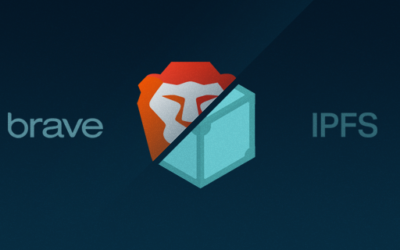

I’m on a Mac, so the red, yellow and green buttons allow you to manage the specific window (close, minimize and maximize), then the ‘x’ after the site name lets you close the tab and the “+” lets you open a new tab. Let’s look a bit more closely at that address / toolbar: While it shows city and location names, it actually tracks based on your latitude/longitude on Earth, as you can see in the address box. To demonstrate, I’ll use the National Weather Service web site, one I visit every day and one that you would hope has very few privacy issues as it doesn’t include any advertising and is run by a US Gov’t agency! The base URL is, as shown: But we’ll get to that once we reach that button on the address bar. Brave is no different in this regard, particularly since it has some rather unique features including a rather confusing “rewards” program. Switching to any new browser has a bit of a learning curve, however, even though they all do the same basic function: Show you Web pages. There are more aggressively private browsers – I’m a fan of The Onion Router ( Tor) browser, for example – but Brave seems to be a good balance between the relatively loose privacy of Chrome, Edge and Safari and the occasional obstacle race of using Tor for daily Web surfing. Brave is a relatively new Web browser on the scene, built with a focus on tracking, ad blocking and other aspects of privacy.


I’m always in favor of people spending more attention to their online privacy, so this is a great question.


 0 kommentar(er)
0 kommentar(er)
